Por S. A. García-Loyola y Franco A. Comanato
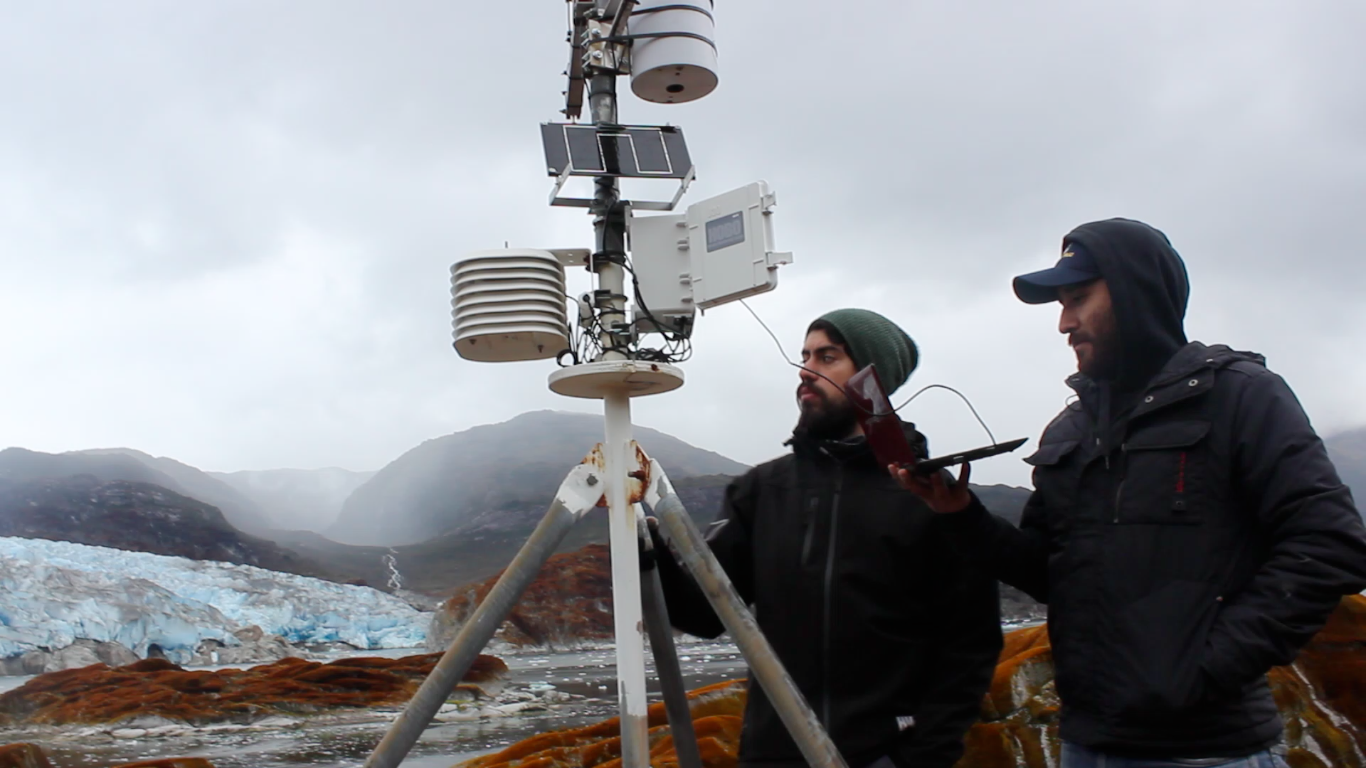
Con la expedición HF27 estamos tratamos de conseguir los datos y la información para tratar de entender o explicar el por qué de la gran mortalidad de cetáceos que ha estado ocurriendo en la zona patagónica de Chile. Como científicos debemos considerar todos los factores que podrían estar afectactando la dinámica ecosistémica de la zona y por ello es muy importante tomar en cuenta la influencia que estaría teniendo el actual evento El Niño, principalmente en relación a las altas temperaturas superficiales del mar que hemos estado registrando en los distintos canales y fiordos explorados (en ocasiones hasta 21 °C en superficie). Gran variedad de los efectos a distintas escalas de El Niño se desconocen, de hecho, el mismo fenómeno en sí no ha sido del todo comprendido por la ciencia, es por ello que procedemos a explicar, a modo de introducción, cómo se produce un evento de El Niño y los principales efectos que podría generar en los sitemas climáticos.
El fenómeno El Niño Oscilación del Sur (ENOS) es una perturbación del sistema climático, oceánico y atmosférico en la zona del Pacífico Ecuatorial. Se caracteriza por variaciones aperiódicas en la magnitud de los vientos alisios e importantes anomalías en la temperatura superficial del mar (TSM), nivel medio del mar (NMM) y en las presiones atmosféricas relacionadas con la Oscilación del Sur. El ENOS tiene una fase cálida conocida como El Niño, donde los vientos alisios se debilitan provocando una disminución en la intensidad de la surgencia ecuatorial y un subsecuente aumento de la TSM en el lado Este del Pacífico Ecuatorial, esto debido a la llegada de ondas Kelvin desde el lado Oeste. Por otra parte, la fase fría se conoce como La Niña y se caracteriza por presentar condiciones contrarias a la antes mencionada, es decir, se genera un aumento en la magnitud de los vientos alisios, una intensificación de la surgencia ecuatorial y con ello una disminución de la TSM producto del ascenso de aguas subsuperficiales de menor temperatura.
Durante El Niño, las ondas Kelvin se desplazan sobre el Pacífico Ecuatorial de Oeste a Este, las cuales pueden rebotar en la costa oriental del Ecuador formando ondas Rossby o seguir su desplazamiento por el continente americano como ondas Kelvin Atrapadas a la Costa. Estas ondas transportan aguas mucho más cálidas que lo habitual hacia cada extremo del Pacifico Oriental (norte-California y sur-Chile), provocando variaciones en las condiciones climáticas y oceanográficas típicas de cada zona; como por ejemplo, en Chile generalmente se genera un aumento significativo en el régimen de lluvias, una disminución de los vientos asociados al Anticiclón del Pacifico Sur y por ende, , llegada de especies u organísmos atípicos, menores intensidades en los eventos de surgencia costera (i.e., menor producción en pesquerías), entre otras.
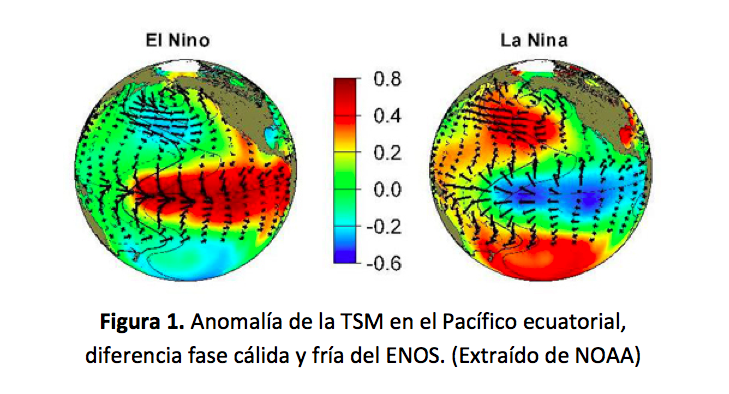
Figura 1. Anomalía de la TSM en el Pacífico ecuatorial,
diferencia fase cálida y fría del ENOS. (Extraído de NOAA)
Durante las últimas décadas este fenómeno ha sido bastante estudiado, pero aún no está claro cuáles son los mecanismos que gatillan el proceso para generar una fase cálida o fría, tampoco existe evidencia concreta en relación a los ciclos temporales de ocurrencia. Actualmente se acepta que el ENOS mantiene una variabilidad interanual, pero no estable, por ende puede ocurrir cada 3, 5 o 7 años aproximadamente. Es más, características como magnitud, frecuencia, duración y velocidad de desarrollo han variado en cada uno de los eventos que se han registrado a lo largo de la historia. Para poder cuantificar o medir la intensidad del ENOS existe el Índice Oceánico El Niño (ONI, por sus siglas en inglés), este índice se computa promediando tres meses de anomalías de TSM en la región Niño 3.4, entonces para determinar qué fase del evento se está desarrollando se consideran los períodods donde se sobrepase el umbral ±0.5 °C por un mínimo de 5 meses consecutivos. En definitiva, largos períodos con anomalías positivas los conocemos como El Niño y períodos con anomalías negativas como La Niña.
La comunidad científica a nivel internacional ha prestado principal atención al fenómeno que se ha estado desarrollando desde finales de 2014, cuando el índice ONI comenzó a ascender mostrando clara evidencia de que la TSM en la zona ecuatorial estaba aumentando y así fue como aproximadamente entre marzo/abril del 2015 se confirmó la presencia de la fase cálida del ENSO con una anomalía positiva por sobre el umbral +0.5°C y con una tendencia a aumentar.
De acuerdo con la Administración Nacional Oceánica y Atmosférica de Estados Unidos de América (NOAA, por sus siglas en inglés) todos los modelos predicen con un 90% de probabilidad que El Niño continuaría hasta el verano del 2015-2016, y un 85% de probabilidad que continuaría hasta otoño del 2016, alcanzando valores ONI con anomalías positivas cercanas a ±3°C (Figura 2), siendo mayor al Niño 97-98 (considerado como uno de los más fuertes registrados hasta la fecha).
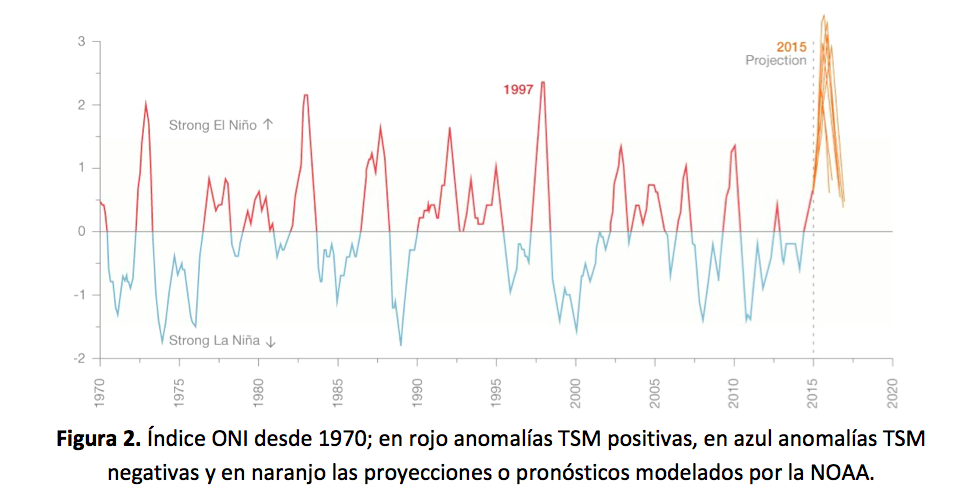
Figura 2. Índice ONI desde 1970; en rojo anomalías TSM positivas, en azul anomalías TSM negativas y en naranjo las proyecciones o pronósticos modelados por la NOAA.
Sin embargo, la sequía que mantenemos hace más de 5 años en Chile [www.cr2.cl/tag/megasequia/] no va poder ser remediada por la tan esperada lluvia como consecuencia del evento en cuestión, esto debido a que la intensidad y desarrollo de El Niño se ha presentado con un desfase en relación a nuestras estaciones climáticas y por ello la temporada de lluvias (junio, julio y agosto) ha sido bastante normal en comparación con años anteriores. Sin embargo, si las predicciones son correctas, un verano con fase cálida ENOS significaría contar con la presencia de eventos como “olas de calor” y un aumento en las temperaturas atmosféricas hasta de 2°C por sobre la media, y con ello el subsecuente aumento en la TSM como se ha estado registrando en esta expedición.
La Patagonia de Chile ha sido estudiada con frecuencia mediante grandes cruceros oceanográficos (e.g., CIMAR FIORDOS), pero las características geográficas hacen de los fiordos chilenos un área de compleja navegación no permitiendo una buena caracterización respecto a canales o senos de menor embergadura, lo que induce la existencia de más incógnitas que respuestas sobre los fenómenos que se dan en lugares específicos. Hoy en día, gracias a las expediciones realizadas en la Patagonia, se han podido describir parte de los parámetros fisicos principales de la oceanografía, tales como temperatura y salinidad del agua, variables que permiten identificar y definir las distintas masas de agua que circulan por estos estrechos canales. La gran variabilidad estacional es una de las características principales que afectan el lugar, con sus principales flujos de agua dulce en invierno debido al incremento en las precipitaciones y en verano por el derretimiento de la nieve/hielo y lluvias estivales. Esta diferencia provoca variaciones estacionales en la salinidad entre 10 a 20 unidades, encontrando salinidades superficiales y subsuperficiales de ~3 en invierno y hasta ~34 en verano. La temperatura no es una excepción y también mantiene una gran variabilidad en la superficie del mar, la cual depende de las diferencias en la radiación solar incidente, con temperaturas de ~9-10°C en invierno y ~15-18°C en verano.
Los valores antes mencionados corresponden a una condición normal (no-ENSO) en zonas aledañas al Golfo de Penas y/o fiordos locales. Escasos o nulos trabajos se han realiado sobre caracterizaciones oceanográficas y biogeoquímicas por los canales que hemos explorado, ni menos aún durante la fase cálida del ENSO, por ende, los resultados de esta expedición serán el “punta pie inicial” para una gran cantidad de estudios u otras expedidciones y será parte de nuestra misión aportar con el conocimiento e información que ya hemos recolectado en base a muestras y registros.

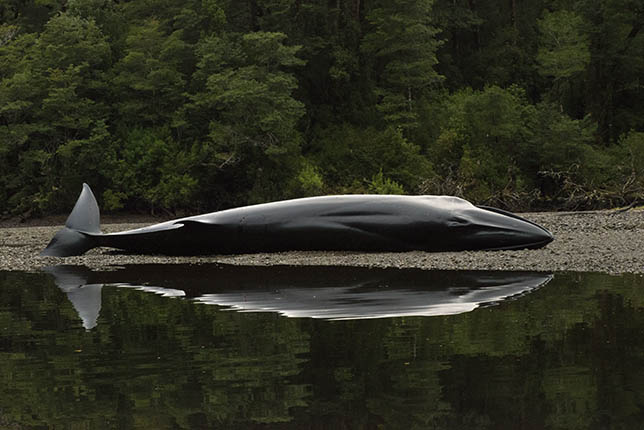
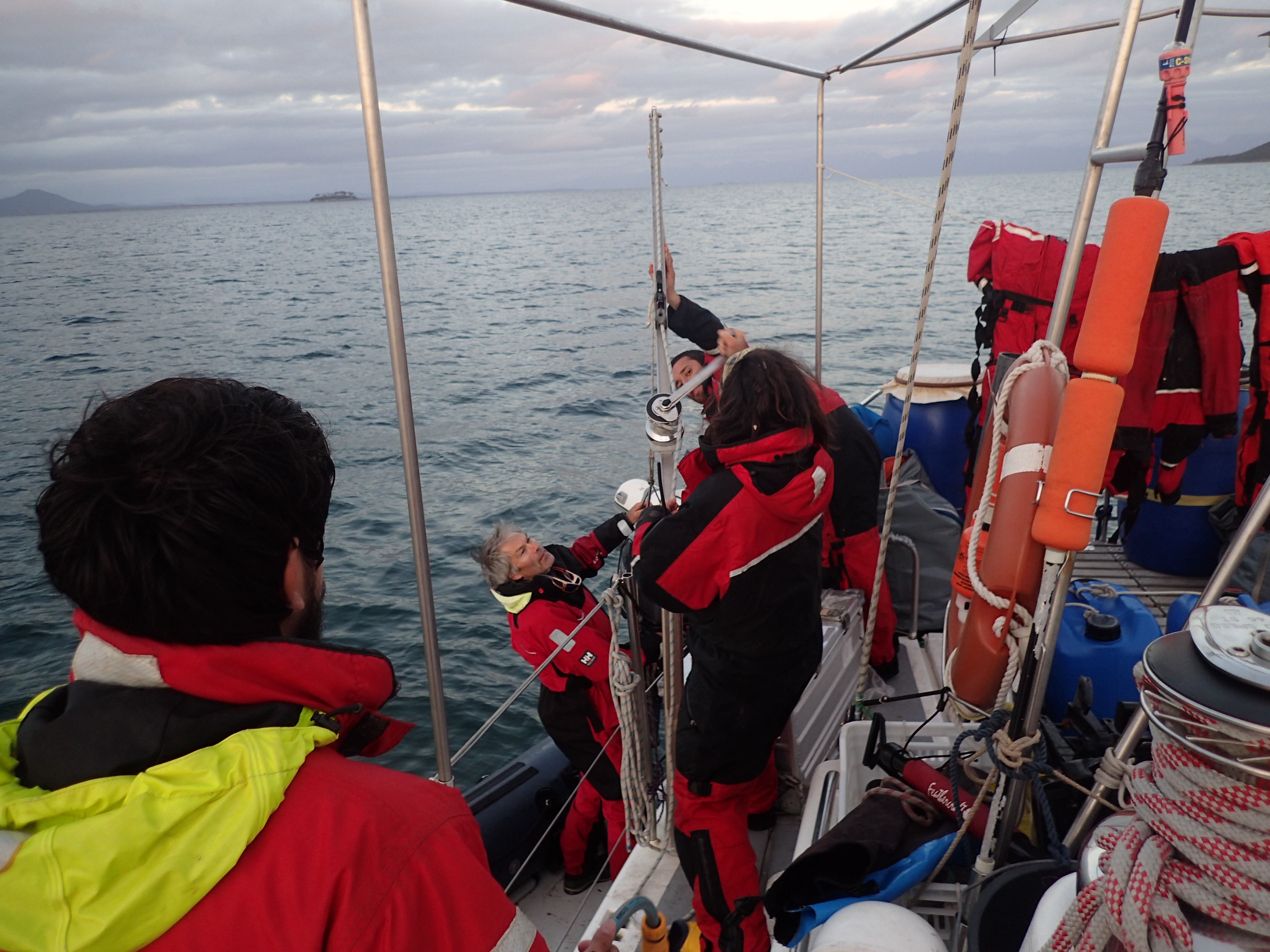
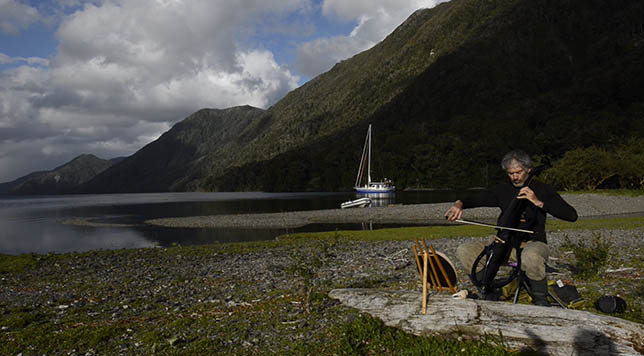
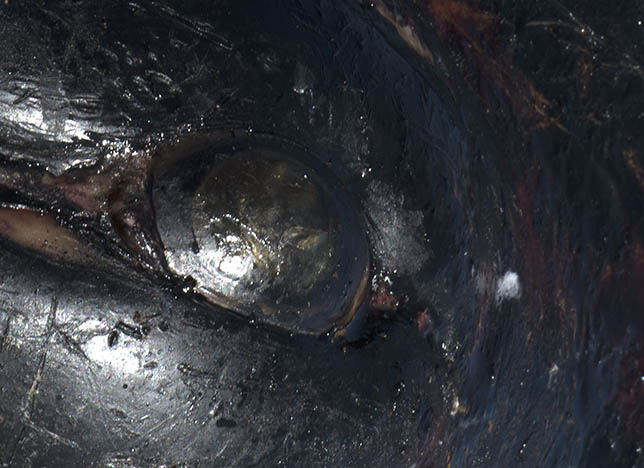
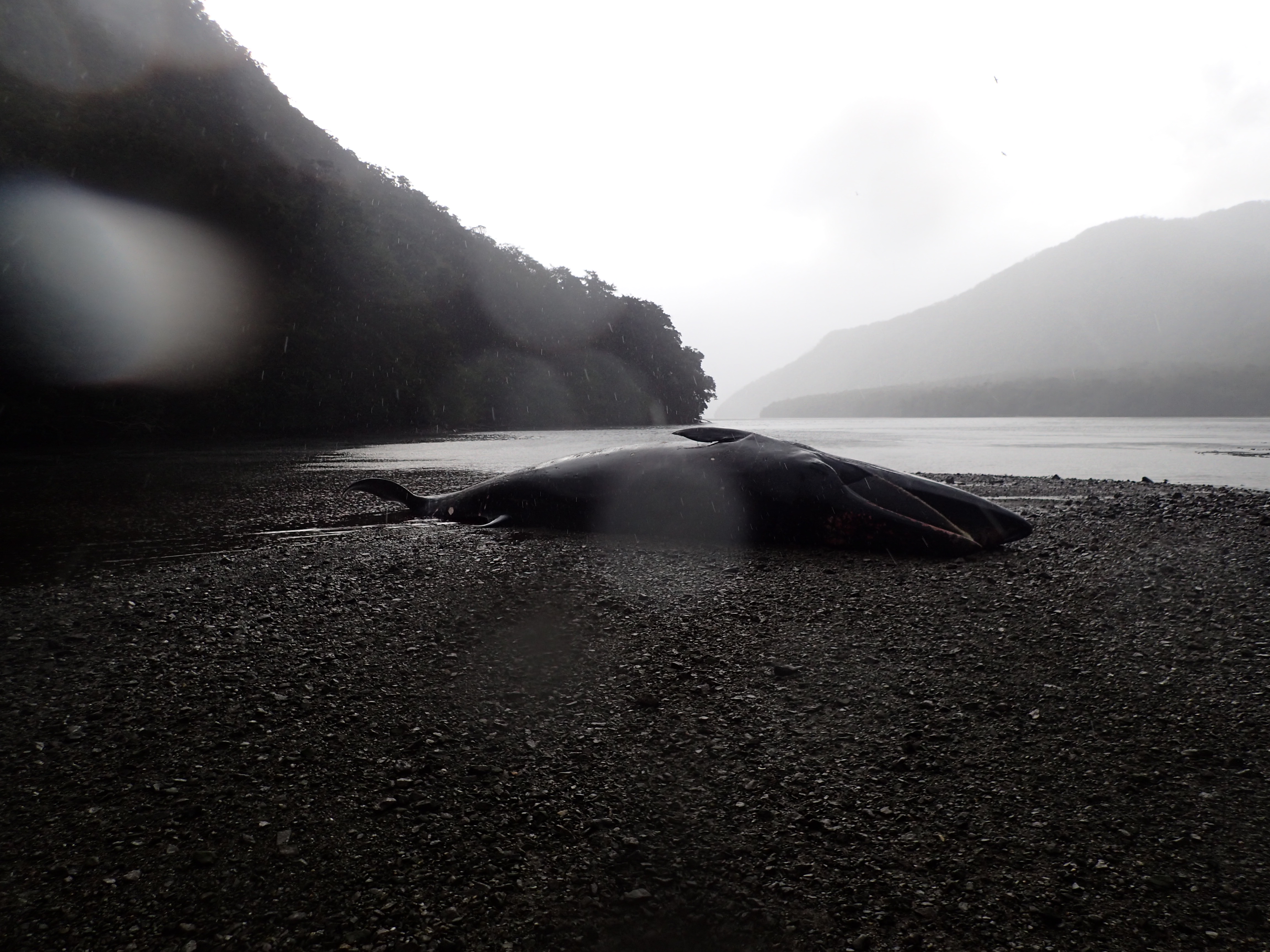
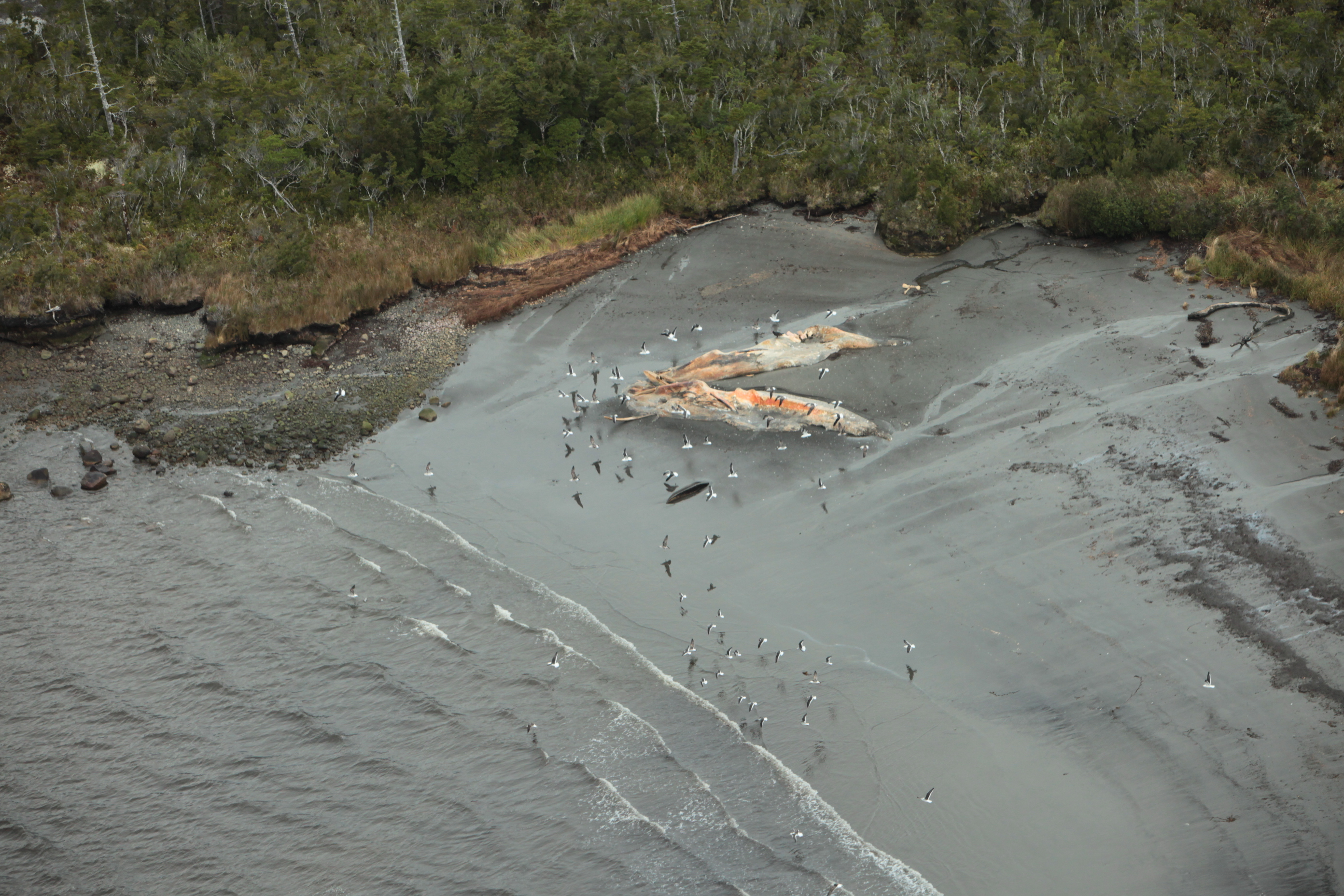 Image: V.Hausserman (overflight Golfo de Penas, June 2015)
Image: V.Hausserman (overflight Golfo de Penas, June 2015)